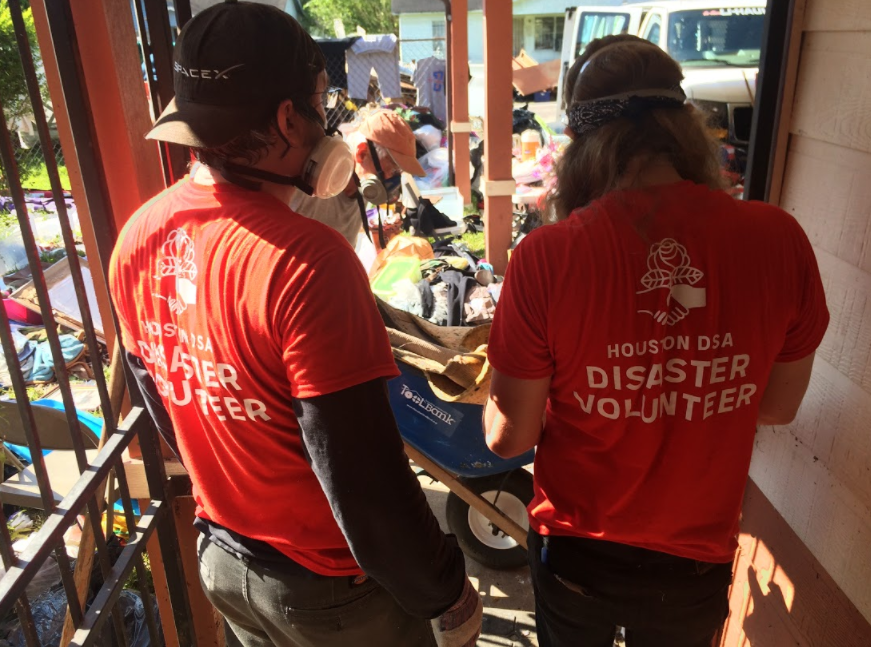Prison strikers building a movement for justice and decarceration, with Janos Marton
The nationwide prison strike that began August 21 is ongoing, and it comes at a moment when Americans are perhaps primed to hear demands from prisoners and consider them in a new way. Protests and uprisings in recent years have called attention to the rampant inequality perpetuated by prisons, jails, arrests, and prosecutions, and as prisoners coordinate with each other to resist their conditions on the inside, Janos Marton of the ACLU’s Smart Justice program joins me to talk about what people on the outside can do to support the strike and the demands of the prisoners.
People have been asking me what they can tangibly do. The organizers made clear in the lead-up to this strike that they weren’t expecting people on the outside to be able to do a whole lot to actually support the strike as it is happening because it is something that is facility specific and driven by and organized on the inside.
But they made a few exceptions. One is to the extent that there are protests being held outside of facilities, they said that it not only gives them energy and hope when they see people protesting in solidarity outside of their own facilities, but it also generally causes Corrections to think twice before retaliating, which is a major concern we had as an organization in the lead-up to the strike–that the organizers of the strike are going to be retaliated against either during or after the strike is over. The people can participate in local actions, that makes a big difference.
There is a Twitter account @IWW_IWOC which has been posting updates from the strike and occasional calls to action, usually around this issue saying something like, “Call such and such facility to make it clear to them not to retaliate against people participating in the prison strike.” Just continuing to amplify these messages.
I think the idea that there is a prison strike and what the demands of the prison strike are are still not well understood to the broader public. So, the more people who are aware of these issues can do to amplify the ten demands and the fact that the strike is happening, then that is helpful, too.
On a final note, when people read through the ten demands they may be surprised to see how many of them they already knew about and agreed with. Even though this is a radical act to strike in a prison setting and that is why we have to show such solidarity to these brave men and women, at the end of the day what they are asking for is very much in line with what people have been demanding for a very long time outside of prison walls, as well: an end to racist policing, investing in rehabilitation in the system rather than punishment, reducing the length of sentences, and ultimately this right to vote, this right to participate in democracy for all people.
Up at Truthout
Up at The Progressive
Interviews for Resistance is a syndicated series of interviews with organizers, agitators and troublemakers, available twice weekly as text and podcast. You can now subscribe on iTunes! Previous interviews here


